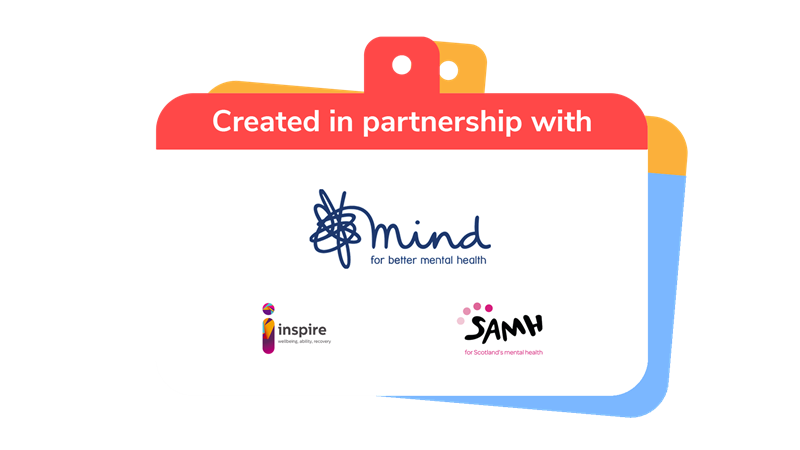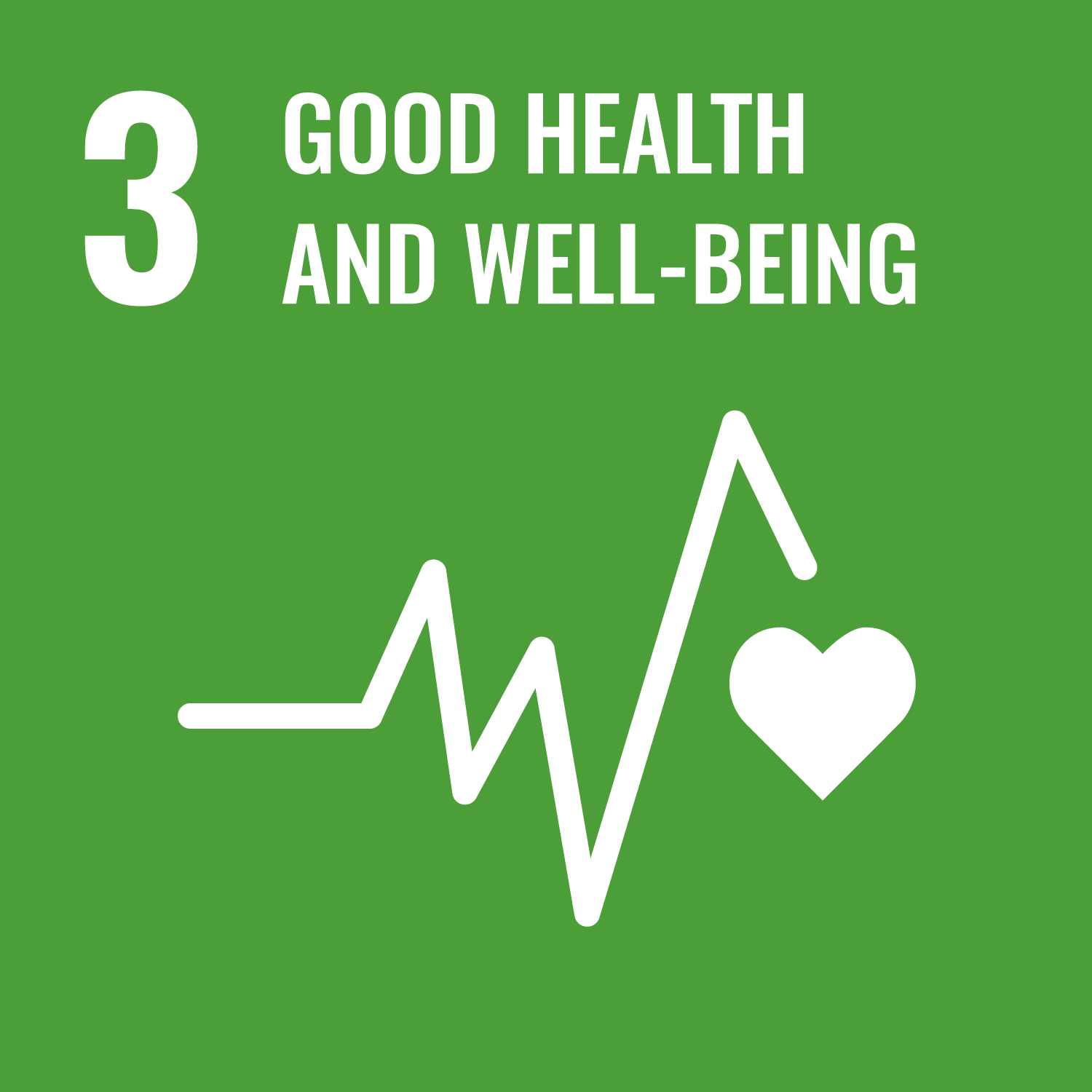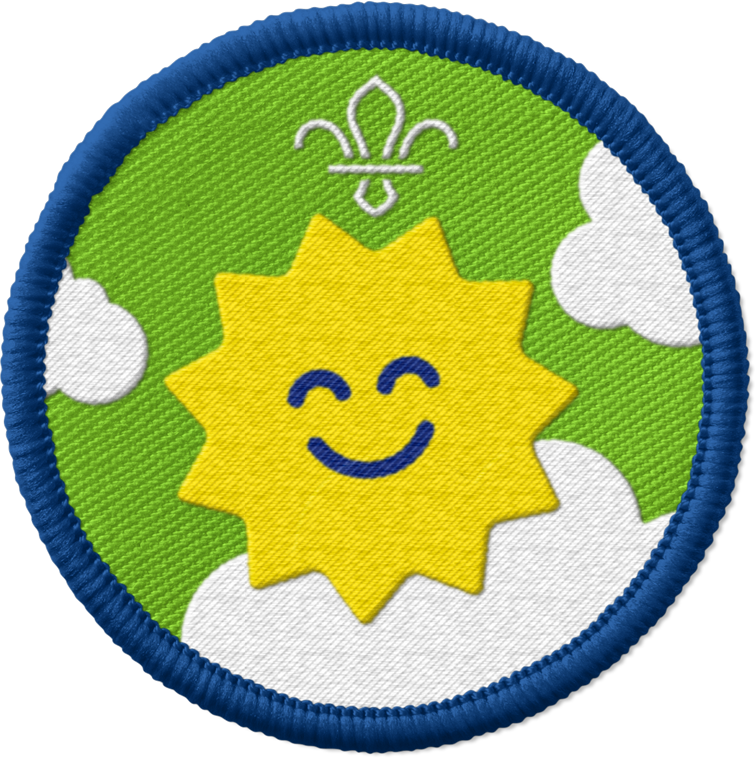
Play ‘true or false’ and learn about mental health
You’ll need
- Pens or pencils
- Big pieces of paper
- Sticky tack
Before you begin
- Use the safety checklist to help you plan and risk assess your activity. Additional help to carry out your risk assessment, including examples can be found here. Don’t forget to make sure all young people and adults involved in the activity know how to take part safely.
- Make sure you’ll have enough adult helpers. You may need some parents and carers to help if you’re short on helpers.
Planning this activity
- Write ‘True’ on one sheet of paper and ‘False’ on the other with the pen.
- Put the ‘True’ sheet up at one end of the space and the ‘False’ sheet at the other.
Run the activity
- Gather the group in the centre of the room.
- Explain that they'll be doing a short quiz about young people’s mental health.
- Tell everyone that you’ll read out a statement and they need to decide if they think it’s true or false, then move to the correct sign for their chosen answer.
- When everyone’s ready, read out each statement and ask the group whether it is ‘True’ or ‘False’.
- Let the group think about their answer and give them time to move to either the ‘True’ sheet or ‘False’ sheet, depending on which they think is the correct answer.
- You could read out the ‘Statements’ twice, and then wait for the group to choose a side.
- Once everyone has chosen, reveal whether the statement was true or false.
Mental health statements
|
Statement |
True or false? |
Reason |
|
Young people don't experience mental health problems. |
False |
Young people and adults both experience mental health problems. Many issues start from a very young age. |
|
1 in 10 young people experience a mental health problem. |
True |
There is a chance that someone you know is struggling with their mental health.
|
|
There is nothing I can do to help somebody with a mental health problem. |
False |
You can help a friend with a mental health problem by checking up on them, spending time with them and listening to them, without judging them. |
|
Most people who are worried about their mental health go and see a doctor. |
False |
In fact, only 4% of young people visit their doctor to get help with their mental health. |
|
Mental health is just like physical health. |
True |
Like physical health, mental health can get better and it can get worse. Look after it by connecting with people, keeping active, taking notice of things around you, learning new things and giving to others. |
|
Many different people can help you with your mental health. |
True |
You can speak to a teacher, parent, carer or a health professional. |
|
Someone with a mental health issue can never get better. |
False |
Anyone with a mental health problem can make a full recovery and feel better. All they need is help and support. |
|
It is okay to describe somebody with a mental health problem as ‘crazy’, ‘weird’, ‘odd’, or ‘mad’. |
False |
This is not the right way to refer to someone with a mental health problem as it might make them feel worse. It is better to say that they have a ‘mental health issue’, or to use a specific term like ‘depression’, if you know what the problem is. |

This activity helps contribute towards some of the UN's Sustainable Development Goals. Find out more about the SDGs, and how Scouts across the world are getting involved.


Reflection
The group has heard some statements about young people and mental health. How many of them were able to spot all of the truths and all of the falsehoods? Were any of the statements surprising?
It was up to the group to decide whether they thought the statements were true or false. Who has learned something new about mental health in young people? How will it change the way that they treat someone who they know has a mental health issue?
Safety
All activities must be safely managed. You must complete a thorough risk assessment and take appropriate steps to reduce risk. Use the safety checklist to help you plan and risk assess your activity. Always get approval for the activity, and have suitable supervision and an InTouch process.
- Active games
The game area should be free of hazards. Explain the rules of the game clearly and have a clear way to communicate that the game must stop when needed. Take a look at our guidance on running active games safely.
This might be the first time that a young person has explored the issue of mental health or thought about speaking to someone about this
If anyone shares their own mental health problems, let them know that they can talk to you afterwards and that Childline offers free confidential counselling 24 hours a day. They can call on 0800 1111 or go online to chat one-to-one with a counsellor here.
Come up with more specific questions if you have been looking at a particular mental health issue, like depression. Give assistance to those who struggle with this quiz.
- People could also choose ‘True’ or ‘False’ by raising a hand, saying their choice out loud or by pointing to their answer.
- Provide the statements on cue cards for anyone with sensory impairment or difficulty staying focused.
All Scout activities should be inclusive and accessible.

